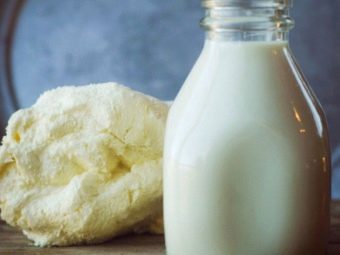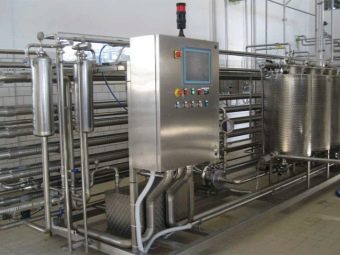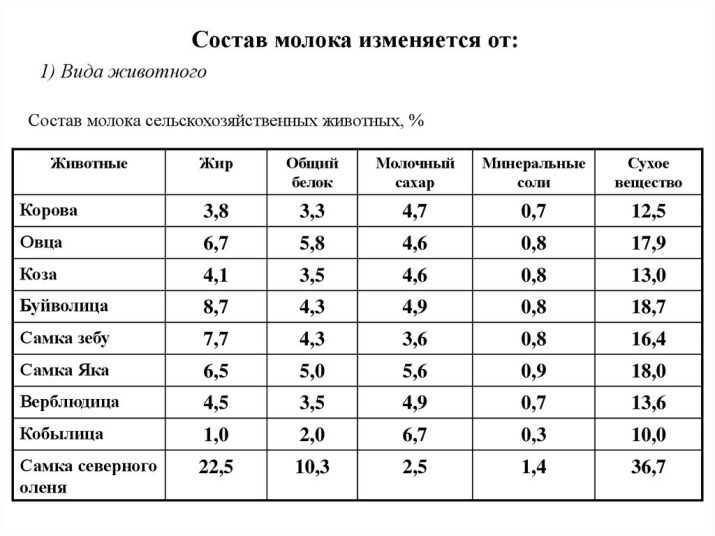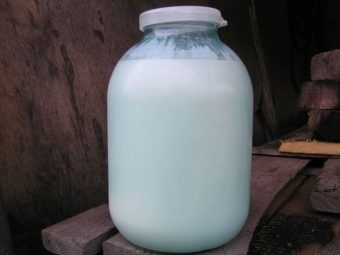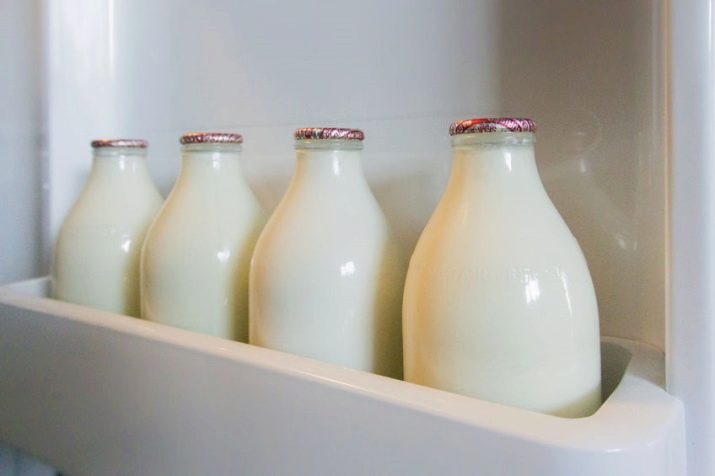Sterilized milk: properties and production technology
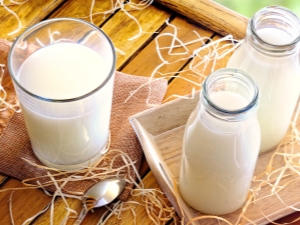
It is unlikely that there are those who have not tried the milk and would not know about its useful qualities. It is difficult to imagine such a person, whether it be a farmer, a resident of the countryside or an inhabitant of a metropolis. The word "milk" is associated with health, satiety, vigor.
Since childhood, we hear that milk is extremely useful, it helps babies to grow strong and healthy, cures diseases and promotes well-being.
Since ancient times, cows in the village have been considered to be breadwinners, pet lovers. Without milk and life is bad.
But how to preserve a valuable product - even the ancients thought. In those days that had sunk into oblivion, milk was simply boiled to extend its shelf life.
In the modern world, seeking to maximize the beneficial use of their time, to obtain certain benefits, the technology of pasteurization, ultrapasteurization and sterilization was invented.
Let's try to figure it out.
What it is?
Consider what sterilization means. It turns out that everything is simple, and sterilization is boiling. That is, to get sterile milk, you need to boil it and leave in this form at a temperature of about 150 ° C for 30 minutes.
According to GOST, certain types of milk can serve as raw materials for the manufacture of a sterilized product:
- whole, from the farm;
- normalized fat content;
- skimmed.
And:
- cream;
- buttermilk.
But also GOST allowed the use of some salts of stabilizers: sodium and potassium citrate; potassium and sodium phosphate. In general, these components are present in milk in its natural form. Additionally, they are made to slow down or even suspend the souring process for a long time.
To ensure the quality of goods sold on the shelves of supermarkets, food safety is controlled in our country by technical regulations. It regulates the permitted level of substances hazardous to human health and microorganisms in the composition of food products.
Not every milk is taken to the dairy for further processing. It must be screened for high quality requirements. Appearance should not contain lumps, flakes, impurities. The consistency is homogeneous. Color is allowed white, shades of blue and pale cream are possible. Milk should not be transparent, painful. The smell is not allowed, except for natural. All these characteristics are called organoleptic.
But also before proceeding to further production, technologists take samples and check the chemical composition of the raw materials, assess its physical performance.
We hurry to refute the existing myth about the addition of antibiotics to the composition of sterile milk.
Today it is strictly prohibited.
Technological process
In industry, milk is sterilized either by heat, either by chemical means, or by ionized radiation. The choice of method depends on the particular technology on each production. In our article, we mean exactly the thermal type of sterilization.
In the dairy industry, manufacturing technology for sterilized milk is usually carried out according to several schemes.
- Liquid is poured into an absolutely sealed package and sealed. Then subjected to heating to 120 ° C and incubated for 20-30 minutes. This is a single-stage sterilization.
- Liquid raw materials for the manufacture of dairy products are sterilized in advance in a stream at 150 ° C degrees, the duration of exposure is only 10 seconds, then the same procedures are carried out as for single-stage sterilization. Therefore, a two-stage sterilization is obtained.
- Both direct and indirect sterilization of milk can be performed by heating at 135-150 ° C for a few seconds. Next, the resulting product in a disinfected atmosphere Packed in sterile containers.This method is called single-stage sterilization with aseptic filling.
At what temperature does the procedure take place?
On average, the sterilization of products occurs at a temperature of 120-150 ° C. Heat exposure lasts up to 30 minutes.
What is different from pasteurization?
The main difference is that lower temperatures (up to 65 ° C) are used during pasteurization. With this heating, the raw milk is kept for about 30 minutes. This is called a long pasteurization. But there is also short-term and multi-link pasteurization, the temperature regime rises (but not above 90 ° C), the time of exposure to milk is reduced accordingly.
The purpose of pasteurization and sterilization is the same. - increase the shelf life of milk and protect it by destroying pathogenic bacteria. In order for it to be eaten without fear for health, all technological processes must be strictly followed.
How many beneficial substances lose milk during sterilization?
As is known, during prolonged heating, all pathogenic and toxicogenic microorganisms existing in the liquid die, bacteria - almost the entire microflora. In addition, enzymes are inactivated. The resulting product is completely safe for health. Sterilized milk has a very long shelf life, its taste and smell do not differ from the usual.
It is believed that the great health benefits it will not bring - when processing high temperatures, along with the harmful bacteria, beneficial bacteria will also die. In addition, in the process of boiling milk, the amount of vitamins B1, B2, B12 and C decreases.
And also polyunsaturated fatty acids, lysine and cystine are destroyed during sterilization.
Few people know that vitamins A, D, B2, B3, PP, H, as well as carotene are saved during sterilization, only a small part of the total amount is destroyed by high temperature.
Therefore, sterilized milk is quite suitable for human consumption by an adult., because it contains the necessary for the body mineral salts and proteins. This product is quite possible to give to children, but in addition it is necessary to enrich the children's diet with vitamin C.
But sour milk sterilized unsuitable for further use because of the characteristic bitter taste. Sour milk and similar dairy products will not come from it.
Benefit and harm
Of course, milk is useful. After all, this is not just a drink - it is a unique biological fluid. Whole encyclopedias are written about the vitamins and trace elements contained in dairy products - we will not repeat it.
We can only say that during sterilization a substantial amount of bacteria that are beneficial to humans and some vitamins are destroyed.but not everything mentioned above. In addition, milk remains useful due to the proteins, fats and carbohydrates that remain in its composition. With a balanced diet, the richness of the diet of a modern person, the body gets the missing vitamins from a sterile dairy product from other foods.
Contraindication for the use of sterilized milk is considered individual intolerance to lactose (milk sugar) - a congenital feature that occurs in people of different ages.
In this case, fermented milk products, which are currently produced a truly great variety for every taste, can be a substitute.
Is it possible to sterilize milk at home?
If you want to save the purchased farm product a little longer, and also protect your health when you buy whole milk, you can boil it in an ordinary city apartment setting. If you do not want to lose the beneficial properties and vitamins that are destroyed during boiling, apply the method of home pasteurization.
For this glass containers must be carefully prepared. One way is to heat the oven to 100 ° C, and the exposure time is 20 minutes.
You will need a double boiler: pour water into the lower container, fill the upper part with fresh milk. Try to install the thermometer in the milk, while avoiding its contact with the walls of the dish.
Carefully follow the thermometer readings, you need to warm the milk to 63 ° C. Now you need to continuously stir the liquid for about half an hour (for a uniform heating of the entire volume).
To save time, you can heat up the milky liquid to 73 ° C. In this case, continuously stirring will have only 15 minutes.
Then you should put the camera with milk in a container with ice water. Do not stop stirring until the temperature of the liquid reaches 4 ° C.
Pour the resulting milk into prepared dishes. Close the lids as closely as possible and store them in the refrigerator. In such a simple way, you can increase the shelf life of milk to two weeks.
As for sterilization, it is not possible to sterilize milk at home: this requires a special industrial sterilizer and a completely sterile aseptic atmosphere. Such conditions are possible only on large industrial farms and plants.
The only difference in terminology is for home use, and absolute sterility of milk is not required, because the goal is not selling, but own consumption.
Terms and conditions of storage
One of the indisputable advantages of sterile milk is its long shelf life - it can be from 6 to 12 months. It does not require environmental conditions: sealed, sterilized boxes of milk can be stored, remaining fresh at room temperature. Opened packaging is still safer to put in the refrigerator. This milk cannot sour this milk, but how to get rotten?
You will learn more about sterilized milk in the following video.



